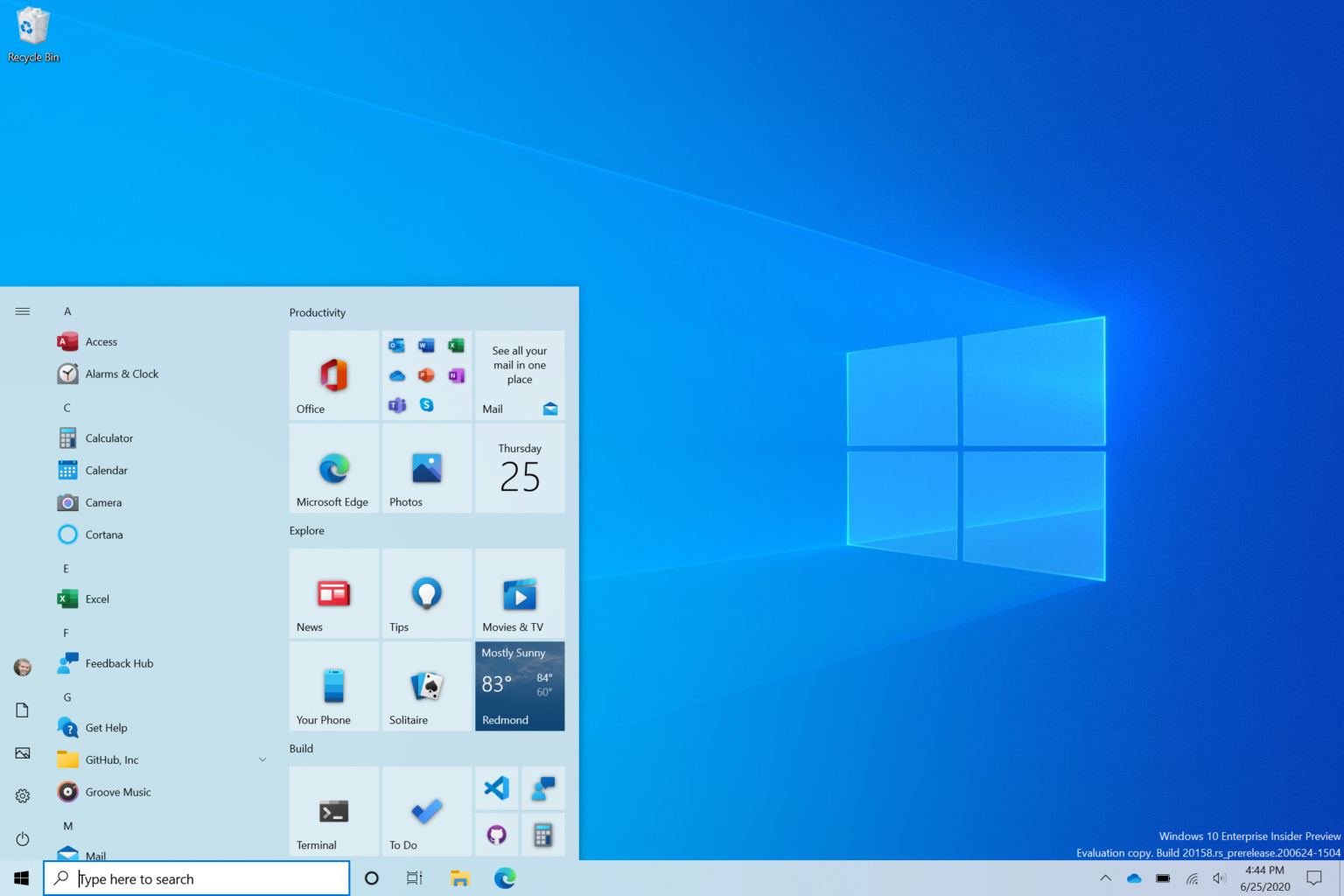A few days ago Microsoft was released a new Dev version (formerly Fast Ring) for Insiders. The company introduced a new menu Έναρξη σε αυτό το build, το οποίο διαθέτει νέα χρώματα και μια εκλεπτυσμένη appearance tiles.
However, due to the A / B testing that Microsoft is currently running on dev build, not all Insiders have received the new Start menu.
Today we will see how you can activate it, even if you do not have it after the update.
To activate the new menu you will need a tool called “Vive”. Vive is an open source tool created by two well-known friends of Windows, Rafael Rivera and Albacore. Like Mach2, Vive can enable hidden Windows features that exist in the operating system hidden by Microsoft or for A/B testing.
Vive is a bookcase of C# and there is an application (ViveTool) that uses the library and provides a console UI for its functions. Using the app, it's easy to enable or disable a feature in Windows.
To activate the new Start menu in Windows 10 Build 20161:
Download it latest version of ViveTool (today it is at 0,2.0).
Unblock (a) (unblock) the received archiveU.
Export the contents of the file to any folder you want.
Open the command prompt or PowerShell as Administrator in this folder and type the following command:
ViVeTool.exe addconfig 23615618 2
Then restart Windows 10.
The new Start menu will be there waiting for you.
a. For unblock, right-click on the downloaded file and select "Properties" or "Properties".
In the Properties on the General tab, click on "Unblock":






I did it, nothing changed